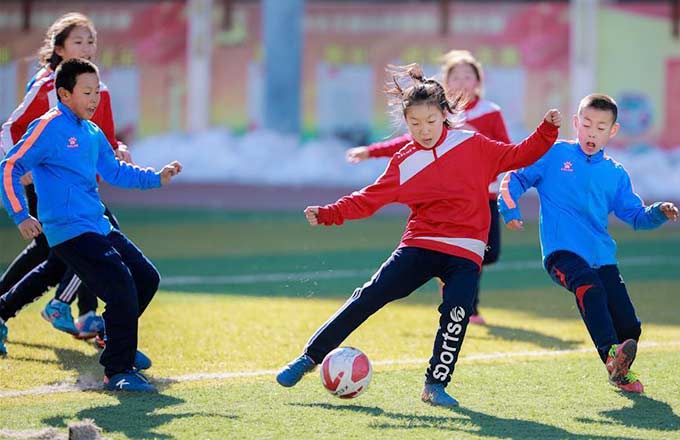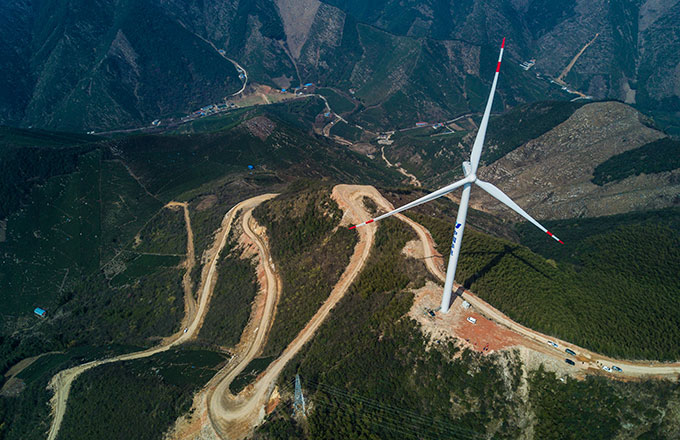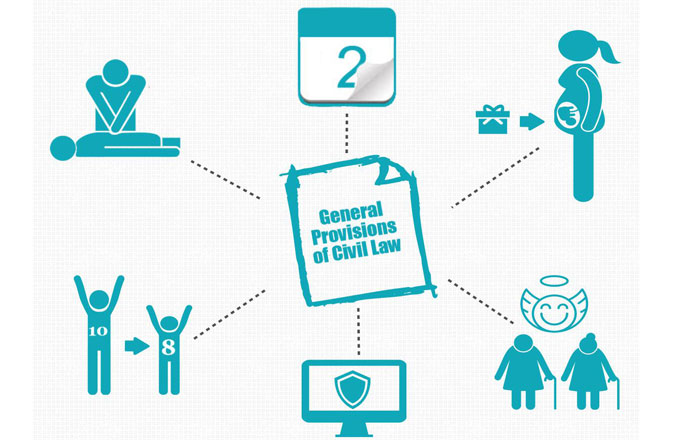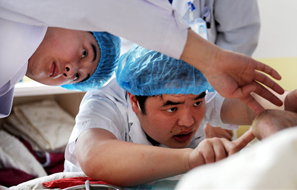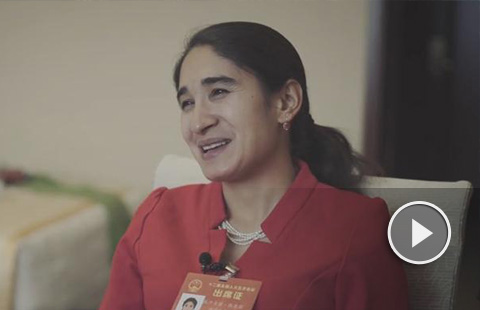Response to quake 'better than' 2008 in Wenchuan
Experts said authorities' response to the deadly earthquake in Lushan county, Sichuan province, has been better than it was five years ago in Wenchuan, although there is still room for improvement.
Zhang Xiaoming, a professor at the Chinese Academy of Governance, said the country should set up a central platform to collect, classify and distribute relief materials to ensure the goods are properly allocated.
 "The essential part of tackling an emergency is in fact the distribution of resources. Volunteers may have little clue about what is most needed at a specific place, while a relief center can provide the latest information about all of the disaster-hit areas and distribute the needed materials on time," he said.
"The essential part of tackling an emergency is in fact the distribution of resources. Volunteers may have little clue about what is most needed at a specific place, while a relief center can provide the latest information about all of the disaster-hit areas and distribute the needed materials on time," he said.
Zhang said the government should learn a lesson from the latest earthquake and set up an assessment and relief plan for future reference.
"For instance, how many life detectors, cranes and large cutting machines do we have, where are the most needy areas and where can we get this equipment?" he said, adding that all of this information should be included in the plan to ensure an efficient response to an emergency.
Tao Peng, a professor at Nanjing University in Jiangsu province, said the distribution of relief forces is also important, especially for the social groups and governments organizing rescue efforts.
"The coordination among different charity groups in Lushan is temporary and fragmented. It could be inefficient and lead to the waste of resources," he said.
Tao said social groups have certain advantages, especially in medical care and psychological consultation, which can supplement the role of governments.
He said the government should identify the specialties of social groups and establish a platform where these groups can share their experiences during emergencies.
"When another catastrophe occurs, this platform can work as a reference to integrate different forces and maximize the relief efforts," Tao said.
Zhang made the remarks on Tuesday at a seminar, where emergency response experts evaluated the performance of both governments and the public during the deadly earthquake in Lushan on Saturday, which killed 193 people and injured more than 12,211.
Zhong Kaibin, a professor at the Chinese Academy of Governance, said the Lushan earthquake is an unforeseeable trial of China's new leadership, which just took charge in March.
"Seen from the current situation, the leadership has delivered a pretty satisfactory answer," he said.
Zhong said compared with the rescue operation five years ago in Wenchuan, the reaction this time has been much more efficient and coordinated, and the rescue was made easier with the help of high-tech equipment.
The Chengdu Military Area Command, which is authorized to direct the rescue efforts of armed forces, has sent air reconnaissance and remote-sensing aircrafts to assess the disaster, so as to better deploy rescue forces and materials, he said.
"Large construction equipment, such as cutting machines and cranes, have also helped improve the rescue speed," Zhong said.
Related readings:
Live report: 7.0-magnitude quake hits Sichuan
Premier urges full efforts to reduce deaths, injuries
Expert calls for rational volunteering, donations
Quake-hit region faces new threats
House damaged, life continues in Sichuan
Rescues continue as psychological support offered
China again thanks countries for quake assistance




